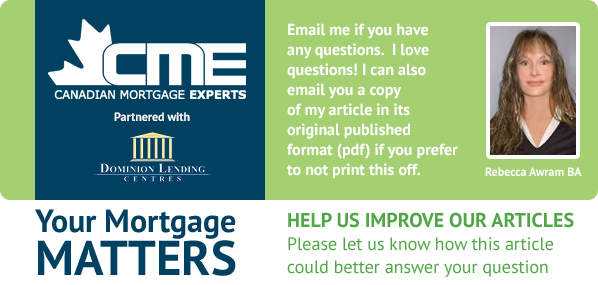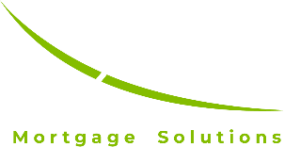
The Loan-To-Value Ratio is simply the appraised value of the home divided by the mortgage amount you are applying for. Often referred to as LTV, it is a number that is a quick indication of ‘risk’…. a 95% LTV is obviously a much higher risk mortgage than a 65% LTV.
Whenever possible, it’s advisable to try to put a 20% down payment into your new home. Most individuals are unable to do this, so their mortgage needs to be insured by either Canada Mortgage and Housing Corporation (CMHC), Genworth Financial or Canada Guaranty. This is the case because the Bank Act will only allow financial institutions to lend up to 80% of the price without mortgage default insurance.
The mortgage is insured so that if you default on your payments, the lender is paid out in full and the insurer is left to deal with the borrower. The insuring companies charge an insurance premium. The premiums are based on the loan to value (LTV), which again, is the amount of the loan versus the value of your home.
| Loan to Value (LTV) | Insurance Premiums |
|---|---|
| Up to and including 65% | 0.50% of the loan amount |
| Up to and including 75% | 0.65% of the loan amount |
| Up to and including 80% | 1.00% of the loan amount |
| Up to and including 85% | 1.75% of the loan amount |
| Up to and including 90% | 2.00% of the loan amount |
| Up to and including 95% | 2.75% of the loan amount |
You may borrow up to 95% of any price for an owner-occupied purchase, in most urban areas. If you are buying a property for investment purposes, the maximum loan amount is 80% and the insurance premium is higher than shown above.
Give mortgage advisor Rebecca Awram a call if you have any questions about understanding loan to value calculations.



